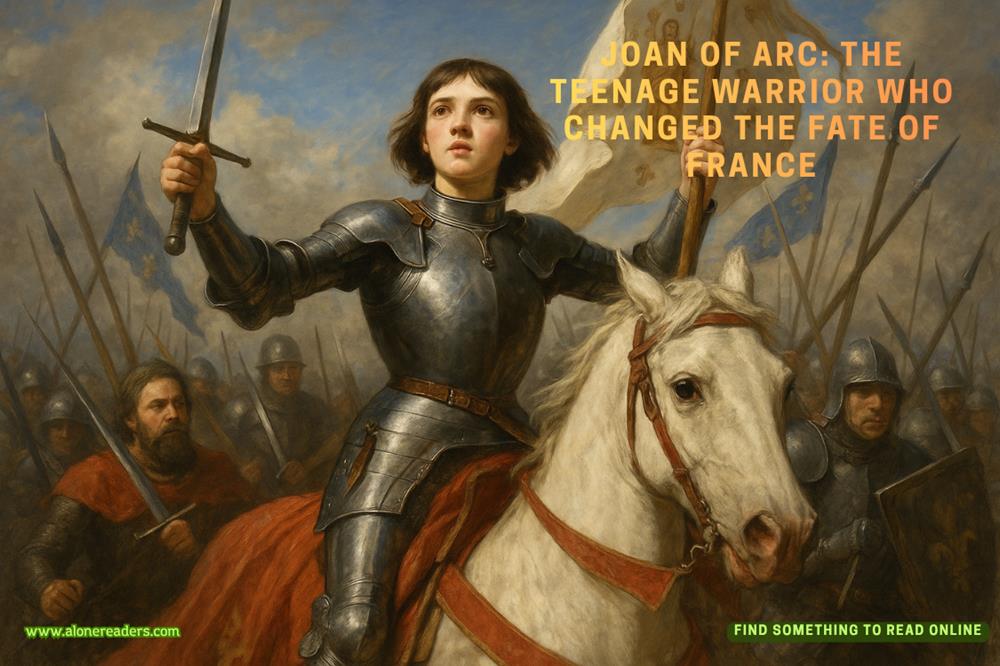Page 30 of Three-Inch Teeth
Cody had told him the story that he’d heard from his mother, who at the time had been the volunteer director of the museum. Her name was Peggy Schantz. In the 1900s, the five-hundred-pound male had wandered down from Elk Mountain into the outskirts of Hanna and killed several cattle and a mule. A local killed Zeus, and a collection was raised among the new townspeople to have the bear mounted for posterity. Eventually, it wound up in the museum.
The grizzly’s coat was thick and dusty, but its massive claws and gleaming teeth glowed in the pink light. The creature had been positioned to look like it was roaring and about to lunge at the viewer. It was huge and menacing, even while frozen in time. Cates felt a chill shiver up his back, since Zeus was the inspiration for getting the grizzly tattoo on his arms in the first place.
It took less than a minute to locate a large crosscut saw that was hanging on the wall of the museum. It was in a display describing how tie hacks cut and shaped wooden ties for the railroad out of lodgepole pines that had been floated up the North Platte River from the south. As he pulled the saw from the wall, one of the teeth tripped a light switch and suddenly the interior of the museum was bathed in light.
Temporarily blinded and his heart beating fast, Cates located the switch and doused the museum back into gloom.
“Damn it,” he whispered.
*
THE GRIZZLY BEAR mount crashed hard to the floor when Cates pushed it over, the carcass narrowly missing two glass display cases. It landed between them and produced a cloud of decades-old dust from the thick fur.
He used the saw to cut off the huge front paws and he stacked them beneath the open window. They were the size of pizza pans.
It wasn’t quick work. While modern taxidermists used Styrofoam to replicate the body shape and mass of the animals, Cates learned that beneath the hide of this creature there was a heavy plaster mold. It was difficult to cut through and soon the interior of the museum was coated with a fine layer of white dust. He was grateful that he’d spent so many hours pumping iron in the prison gym to build up his muscles.
There were only about two and a half inches of the neck left to saw through when red and blue wigwag lights lit up the front windows.
“Dallas, there’s a cop out front,” Johnson hissed from somewhere. He looked up to see that she was at the open window, her hands pressed against the sides of her face in alarm. “He came out of nowhere,” she said.
“Now you tell me?” he said. “Were you staring at your damn phone when he drove up?”
“Come on, come on,” she implored. Then: “What in the hell are you doing?”
“Shhhhh,” Cates said, holding a finger to his lips.
She vanished from the open window, but he could hear her grumbling and cursing to herself just out of sight.
He stood up from where he’d been bending over the mount and working with the saw. The lights outside continued to pulse and spin, but the vehicle they came from was obviously stationary. He tried not to make a sound.
Maybe the cop would just move along.
Then there was a knock on the front entrance door, and an older male voice: “Hey, this is Marshal Bertignolli. Is anybody in there?”
Cates thought, Hanna has a marshal? A marshal?
“Peggy, are you in here tonight? Somebody called and said they thought they saw the lights flash and that maybe someone was in here.”
Peggy Schantz. Cody’s mother.
Cates was still. He looked over at the two bear paws under the window, then at the nearly decapitated head at his feet. Another minute, and he’d have it off. The head was huge, and likely heavy, he thought.
There was a jangle of keys on the other side of the door, and for a moment Cates froze. Dive out the window without the paws and head, or confront the visitor?
*
THE FRONT DOOR cracked open and the beam of a flashlight lit up the dusty floor inside.
“What the hell?” the man said, pushing his way in behind the flashlight. As he reached out with his right hand for the light switch, Cates stepped out from behind the door and pressed the tip of a rusty railroad spike into the base of the marshal’s neck.
“Don’t move or I’ll blow your head off,” he said. “And keep that light off.”
The marshal, or whatever he was, stiffened. Cates could see in the undulating pulses from the vehicle’s light bar that the man wore a battered cowboy hat and a canvas coat with a patch on the sleeve that identified him as HANNA MARSHAL. He was armed with a weapon in a belt holster, but the safety strap was still fixed.
Cates pulled the marshal inside and closed the front door behind them with the heel of his boot. As he did, he reached down with his free hand and drew the marshal’s gun from its holster. A Glock 48 Slimline nine with a ten-round magazine. A solid piece.
“Let me go and we can work this out,” the marshal said. “I don’t know what you think you’re doing here, but there isn’t anything of value in here. Just don’t tell Peggy I said that.”















